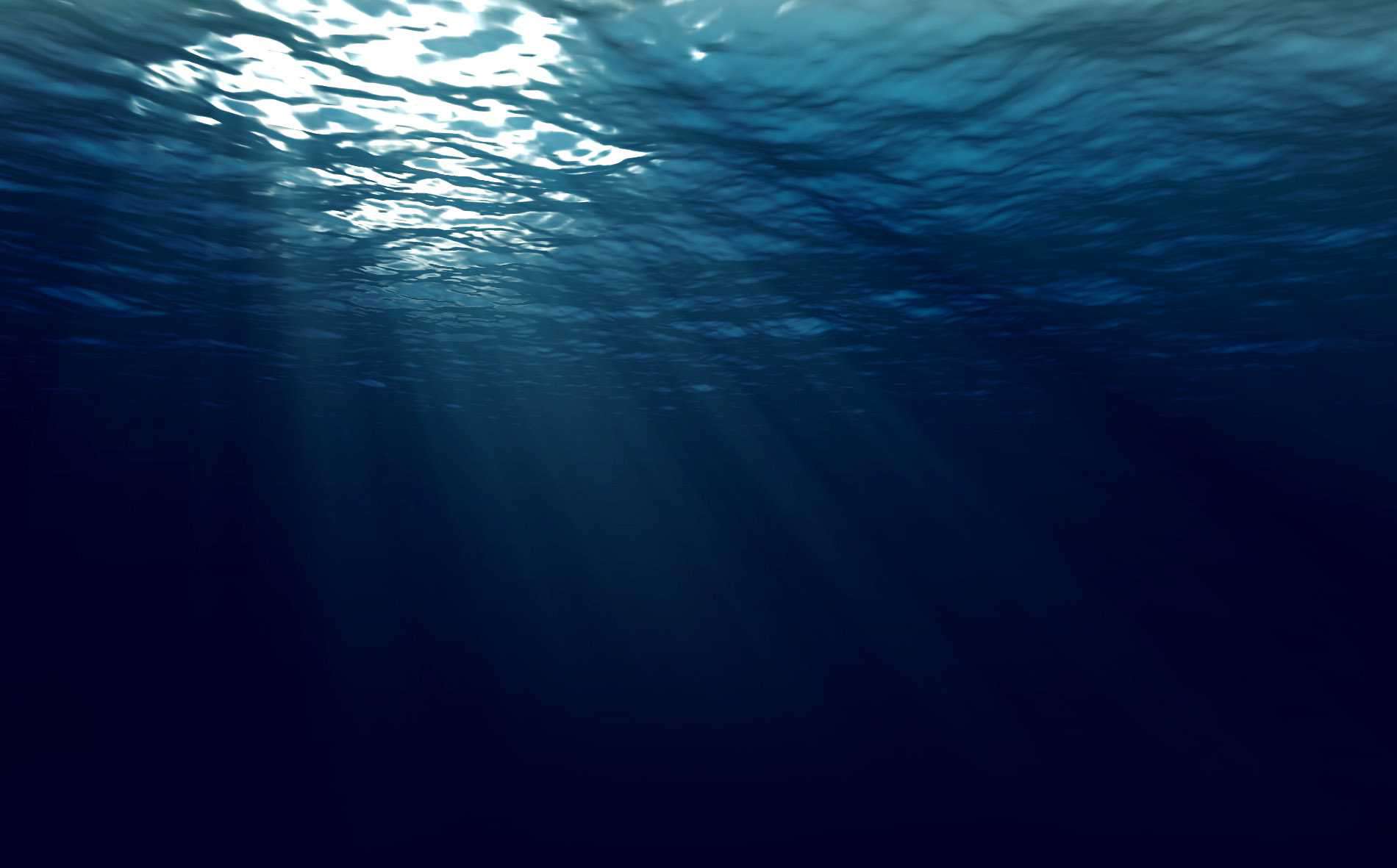You probably know some liquids, such as oil and water, do not mix together. If you pour them into the same container, they will form separate liquid layers, one on top of the other. Some other liquids which can be mixed with each other, for example rubbing alcohol and water.
Background
When two liquids can be mixed together, they are “miscible"—they form something called a homogeneous solution, which means that you cannot distinguish the two liquids anymore. When there is a circumstance when they cannot be mixed, they are “immiscible"—they will form two separate layers, called a heterogeneous solution. To be able to mix, the molecules of both liquids have to be able to attract one another. Polar molecules tend to form hydrogen bonds whereas nonpolar molecules do not tend to form such bonds. Water molecules are immiscible with oil molecules because of polarity.
Polar and nonpolar molecules are in rubbing alcoholic molecules, which means they are able to form hydrogen bonds with water and therefore able to mix with it. It is mandatory to add something to the mixture that competes with the alcohol in binding to the water molecules. One substance that can do that is salt. Salt is said to be an ionic compound i.e. it is made up of ions. When ionic compounds dissolve in water, the individual ions separate and get surrounded by water molecules by process solvation. salt ions dissolve much better in a polar solvent because of being charged.
Ingredient required
- Four transparent mini cups (two ounces) with lids
- Permanent marker
- Tap water
- Rubbing alcohol (70 percent isopropyl alcohol)
- Table salt
- Set of measuring spoons
- Work area that can tolerate spills
- Ethanol or acetone (optional)
- Salt substitute such as potassium chloride or Epsom salt (optional)
Preparation
- With the permanent marker label the mini cups 1, 2, 3 and 4.
- Add one and a half tablespoons of water to cups 1 and 3.
- Add one and a half tablespoons of rubbing alcohol to cups 2 and 4.
Procedure
- Add one teaspoon of salt to the water in cup 1. What happens to the salt? Does it dissolve in the water?
- Put on the lid and shake the cup for about 20 to 30 seconds. What does the mixture look like?
- Repeat the previous two steps using cup 2 (with rubbing alcohol). What happens to the salt this time? Does the mixture look different from the water-salt mixture?
- Take the cap off the permanent marker and swirl its tip in the water in cup 3 for about 10 seconds. Put the lid on the cup and shake it for five seconds. Does the ink dissolve in the water? What does the solution look like after shaking?
- Repeat the previous step with cup 4 (rubbing alcohol). Does the resulting mixture look different? If so, what is different? Can you explain the differences?
- Next, pour the alcohol from cup 4 into the water in cup 3. Put the lid back on and swirl the mixture for five seconds. Does the rubbing alcohol mix with the water? What happens to the color of the mixture? Do you see separate layers forming?
- Now, add one teaspoon of salt to the mixture in cup 3. Put the lid on the cup and shake it for 20 to 30 seconds. What happens when you add the salt to the mixture? Does the mixture look different before and after shaking? If so, how does it look different? Can you explain your results? What color is the mixture?
- Extra: Can you separate other liquid mixtures using salt? What about ethanol and water or acetone and water? Try different liquid mixtures to find out!
- Extra: Are there any other salts—for example, potassium chloride, a salt substitute, or Epsom salt—that you could use to separate liquids? Try this test again with a different salt than table salt. Do you still see the same results? If not—how are your results different?
- Extra: How much salt do you need to separate the rubbing alcohol and the water? Find out by varying the amounts of salt that you add to the rubbing alcohol and water mixture.
Observations and results
By this above experiment, it is observed that the salt easily dissolved in the water in cup 1. (After shaking it the salt seemed to disappear.) Remember that this occurs because the ionic salt molecules easily bond to the polar water molecules. It can also be observed that in cup 2, The salt did not dissolve easily. (Even after shaking it you will still be able to see the salt.) This occurs because the alcohol molecules are less polar than water is, so the salt ions do not bond with them as easily.
When mixing of the rubbing alcohol with water is done, the latter’s molecules make hydrogen bonds with the water molecules. The alcohol dissolves in the water to form a homogeneous solution, so you cannot distinguish the alcohol and the water anymore. When salt is added to the mixture, the salt wants to dissolve in the water and competes with the alcohol for the water molecules. Because there are fewer water molecules available to make hydrogen bonds with the alcohol molecules, the alcohol becomes less soluble in the water-alcohol mixture, eventually forming a separate layer on top of the water. By the above experiment, it is observed that Both layers should have a different color, with the water mostly clear and the alcohol more colored. This occurs because the marker ink is more soluble in the rubbing alcohol.
Cleanup
Flush all your mixtures down the sink with plenty of cold water. Wash your hands and clean your work area.

 Climate Change Autum..
Climate Change Autum..
 10 Most Influential ..
10 Most Influential ..
 Seeing Zig-zag In Pl..
Seeing Zig-zag In Pl..
 Listen Before You Sp..
Listen Before You Sp..
 Atomic Spins Evade H..
Atomic Spins Evade H..
 Going Deep In The Ma..
Going Deep In The Ma..
 Weighing A Thought..
Weighing A Thought..
 The Arrow Of Time: A..
The Arrow Of Time: A..




















Comments